Gallery
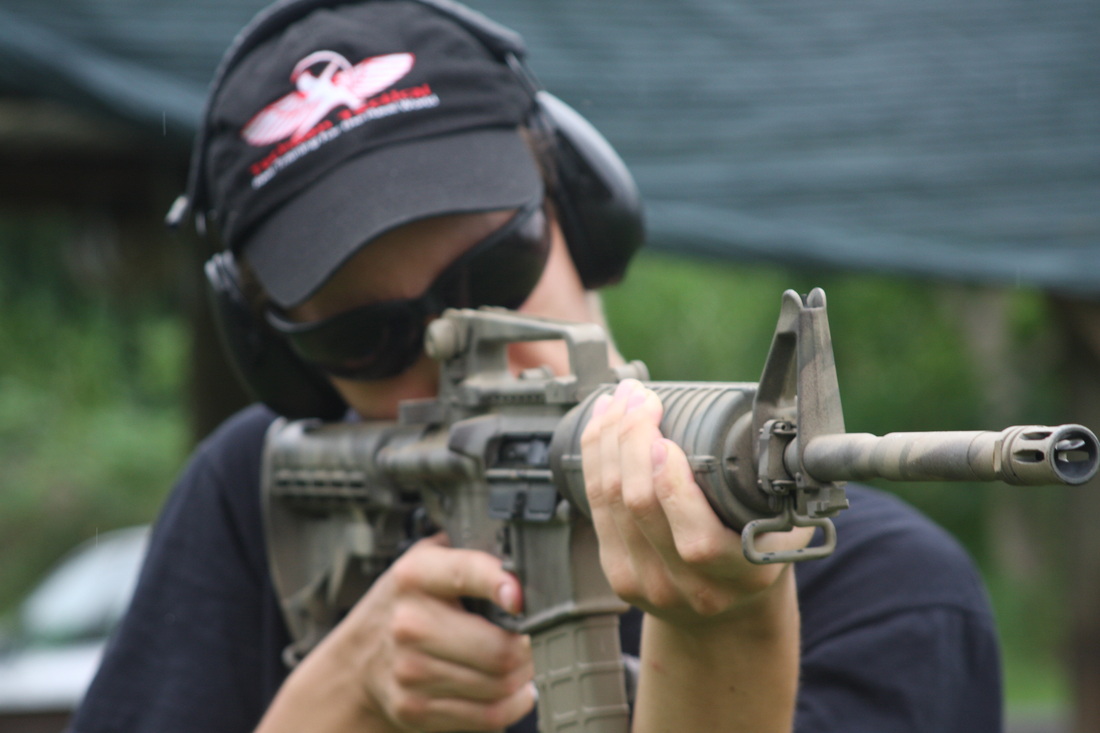
(Photo courtesy/Technon Tactical)
1 of 1
Ear and eye protection
A truly non-negotiable set of personal protective equipment that all shooters must have. You should never go shooting without wearing shooting glasses and some form of hearing protection, and most ranges require you to wear them before even stepping foot on the range. With an abundance of options available from inexpensive basics to high-tech premium offerings, there’s simply no excuse not to own the gear that could save your senses.
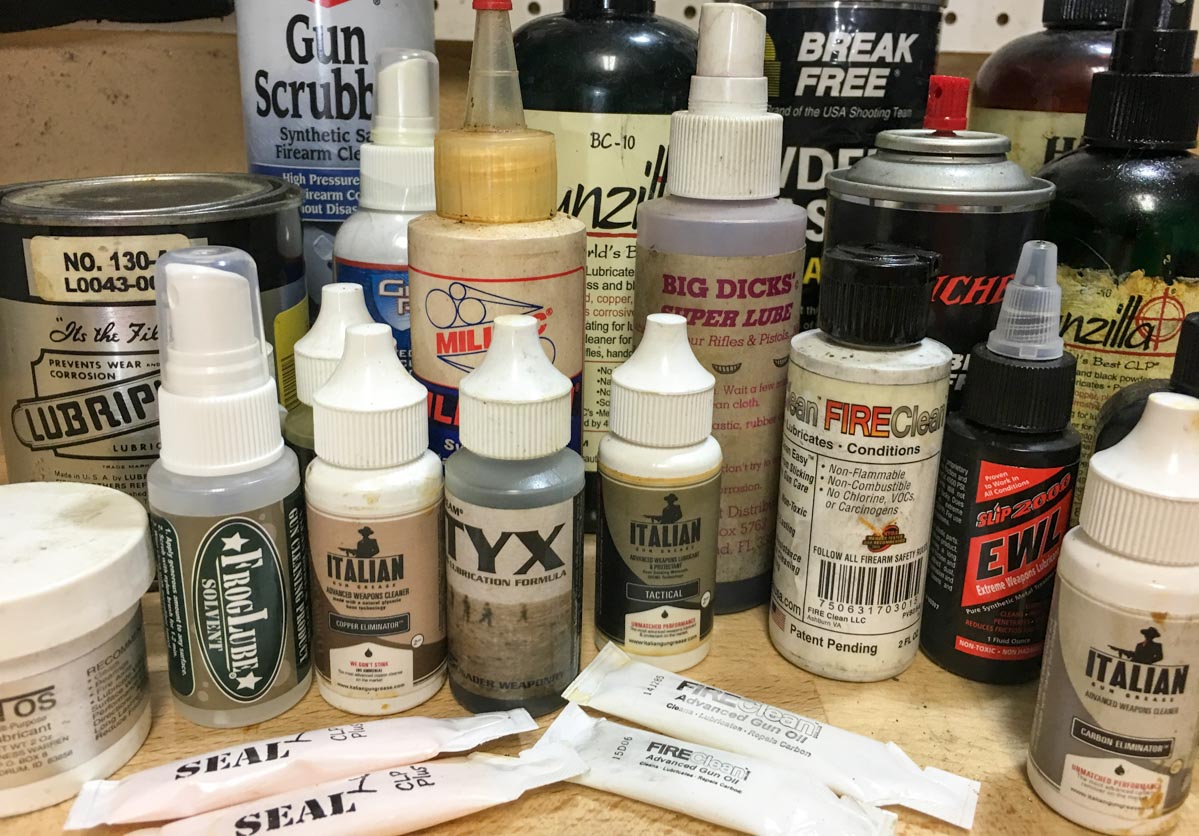
(Photo courtesy/mygunculture.com)
1 of 1
Lubrication
An absolute essential for any AR owner. AR-pattern rifle feature a variety of moving parts in tight tolerances, and with so much metal-on-metal contact at high speed, you’ll need lubrication to help these parts, such as the bolt carrier group, move easily and reduce friction-related wear and tear.
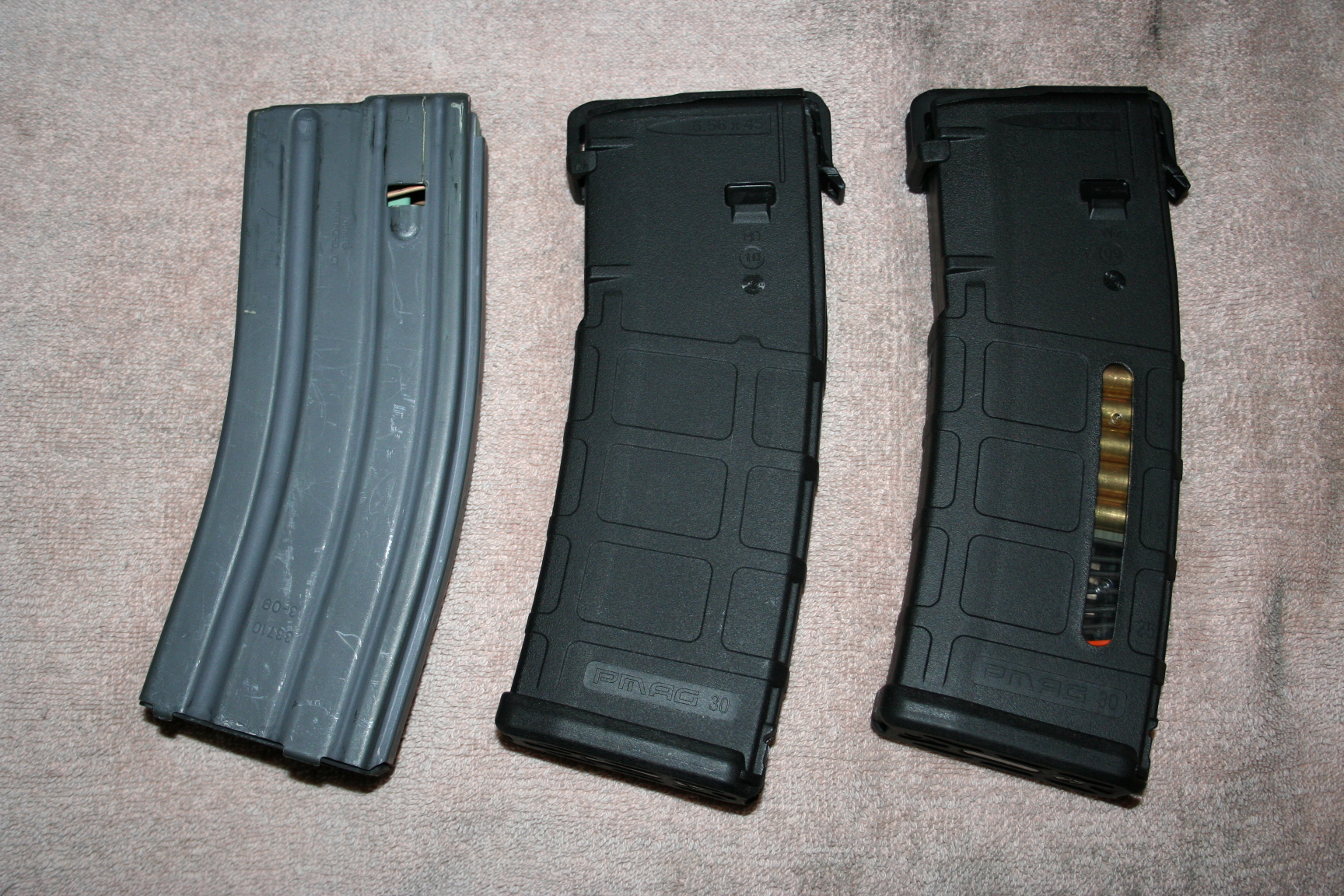
(Photo courtesy/AR15news.com)
1 of 1
Reliable magazines
AR-pattern rifles are magazine-fed, so make sure you bring enough magazines to keep you shooting. More importantly, buy reliable magazines. There are all sorts of different types of magazines on the market – polymer, steel, 10-rounders, 20, 30, 40 and even 50 to 100-round drums – and the best way to see what functions most consistently with your rifle is to buy one and try it first. These magazines will take a beating, particularly in the rigors of training, so do your research and get mags that can stand up to abuse.
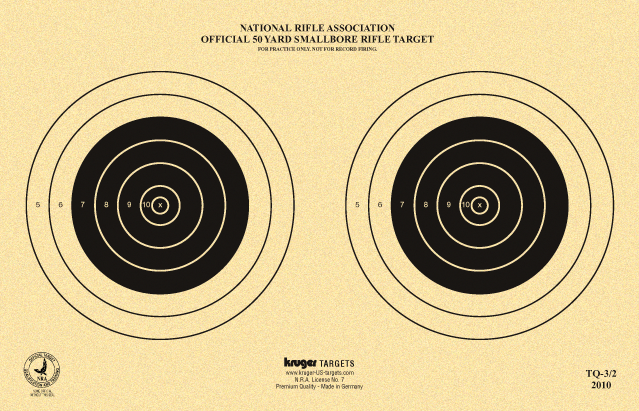
(Photo courtesy/Kruger Targets)
1 of 1
Targets
You have to find a safe place to deposit your lead, and you need targets to help you find where to put it. Many ranges sell a variety of targets in their pro shop or range store, but an entire world of targets is available online (including NRA targets designed specially for release here on NRA Blog!) Check with your range staff to see if they allow shooters to bring in their own targets before you order in bulk.
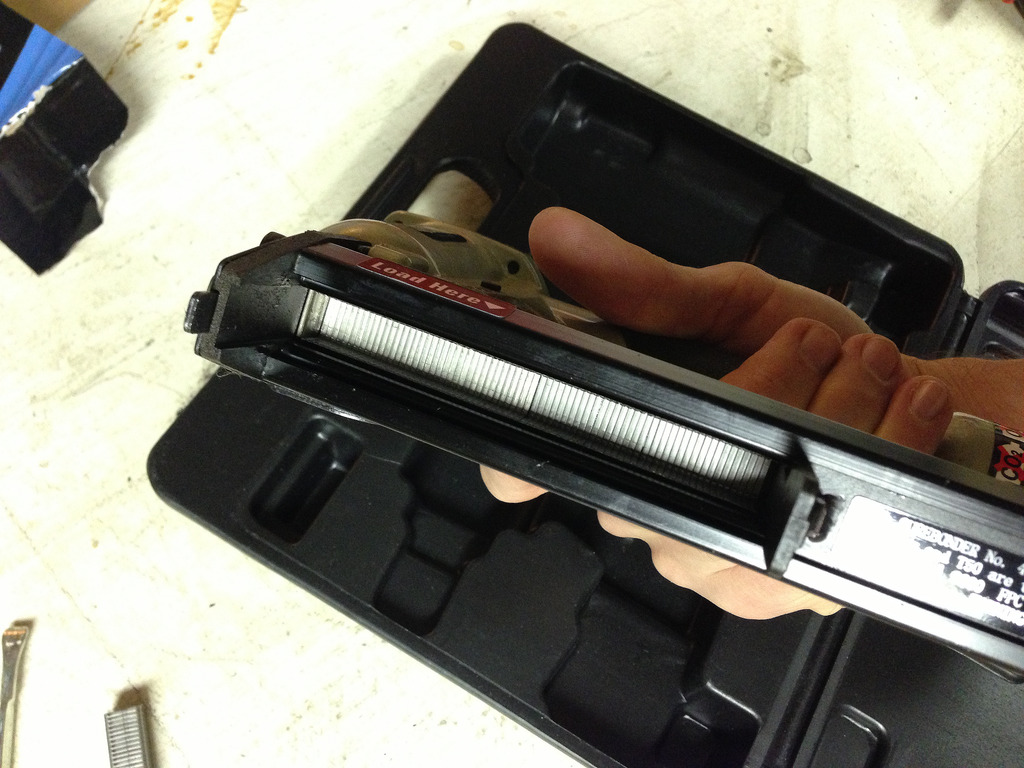
(Photo courtesy/Old Town Home Blog)
1 of 1
Staple gun and staples
You need to affix those targets to the frame or backer somehow, and having a stapler and staples in your bag is the best way to ensure you can get your paper in place. Most indoor ranges will have these on hand to borrow -- the NRA Range has all the gear you need on site! -- but outdoor ranges are more often feature fewer amenities, so bringing your own can’t hurt.
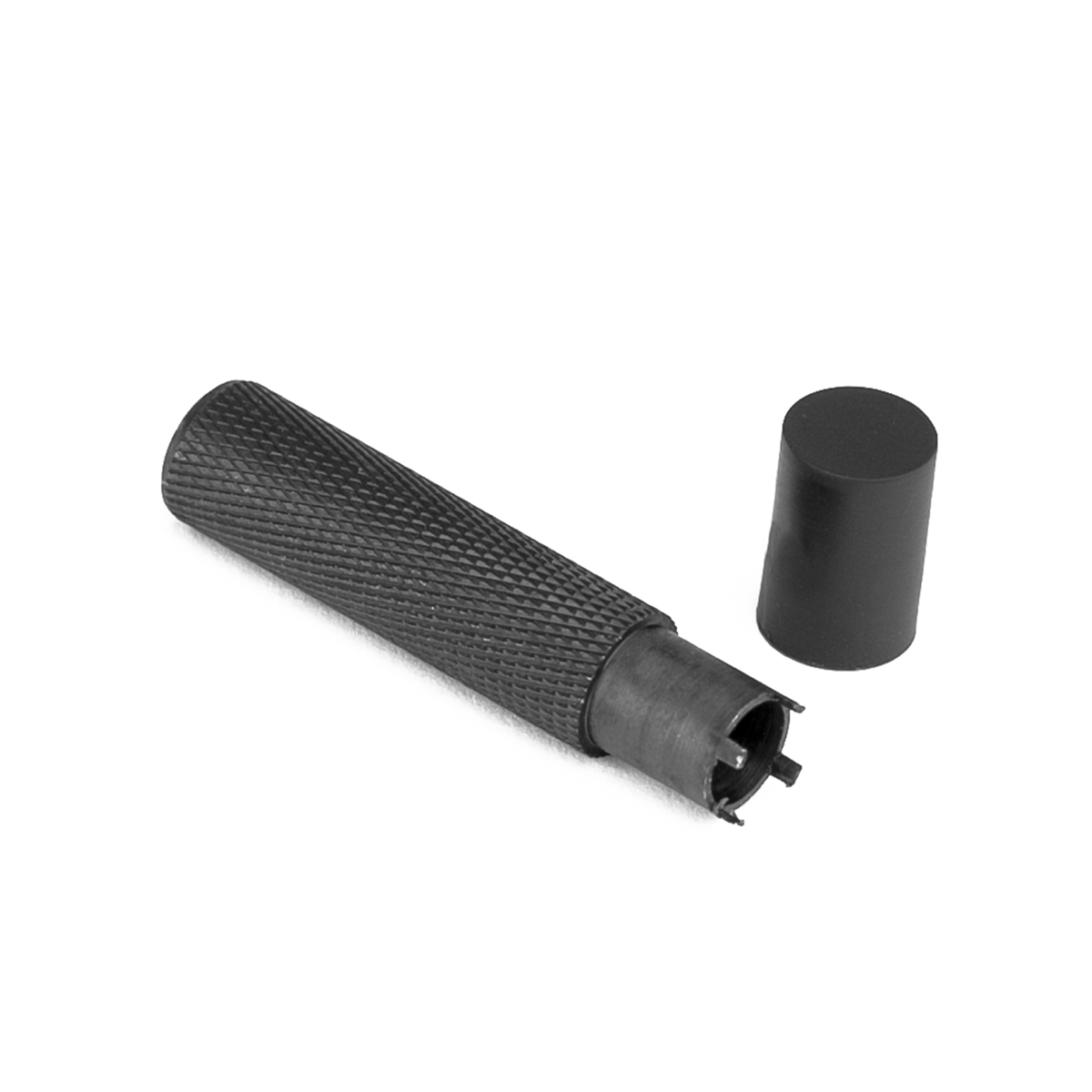
(Photo courtesy/Combat Prep)
1 of 1
Front sight adjustment tool
Sure, you can use the tip of a standard .223/5.56 cartridge to depress the small detent in the AR-15 front sight to rotate the sight post to the correct elevation, but using a special front sight tool makes this a much quicker process. They’re inexpensive, and work on a variety of types of front sights.
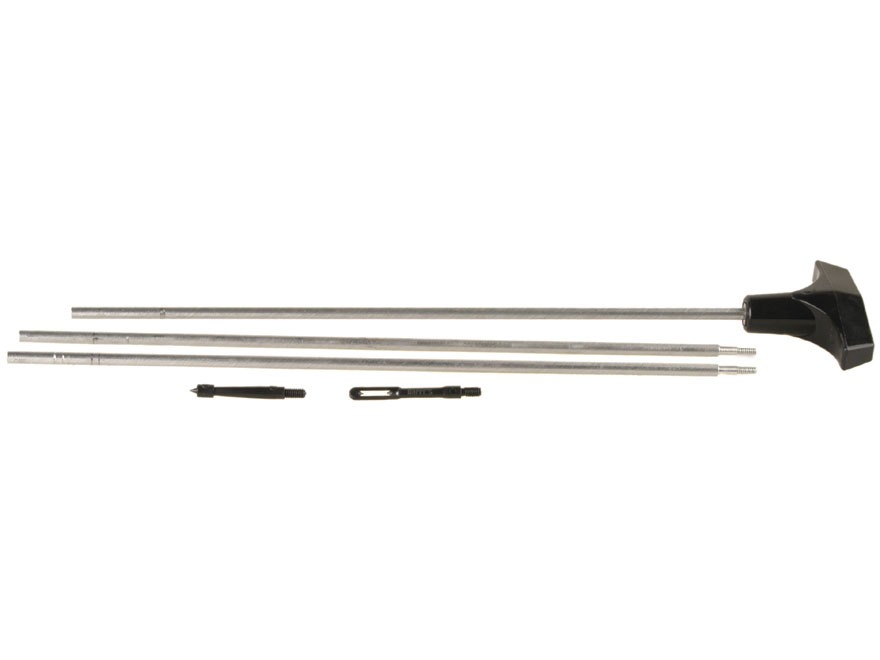
(Photo courtesy/MidwayUSA)
1 of 1
Cleaning rod
An essential tool in any cleaning kit, a cleaning rod is a great tool to assist in clearing stoppages you may encounter, as well as serving as the means by which you scrub your bore during maintenance. However, if you encounter a stoppage and need to use a cleaning rod on the range, always consult the range safety officer on duty, and if you need help, always ask.

(Photo courtesy/MidwayUSA)
1 of 1
Nylon brush
A partner of the cleaning rod, keeping an old tooth brush or nylon brush in your bag can help when troubleshooting a malfunction, giving your scrubbing power should you need on-the-spot cleaning.
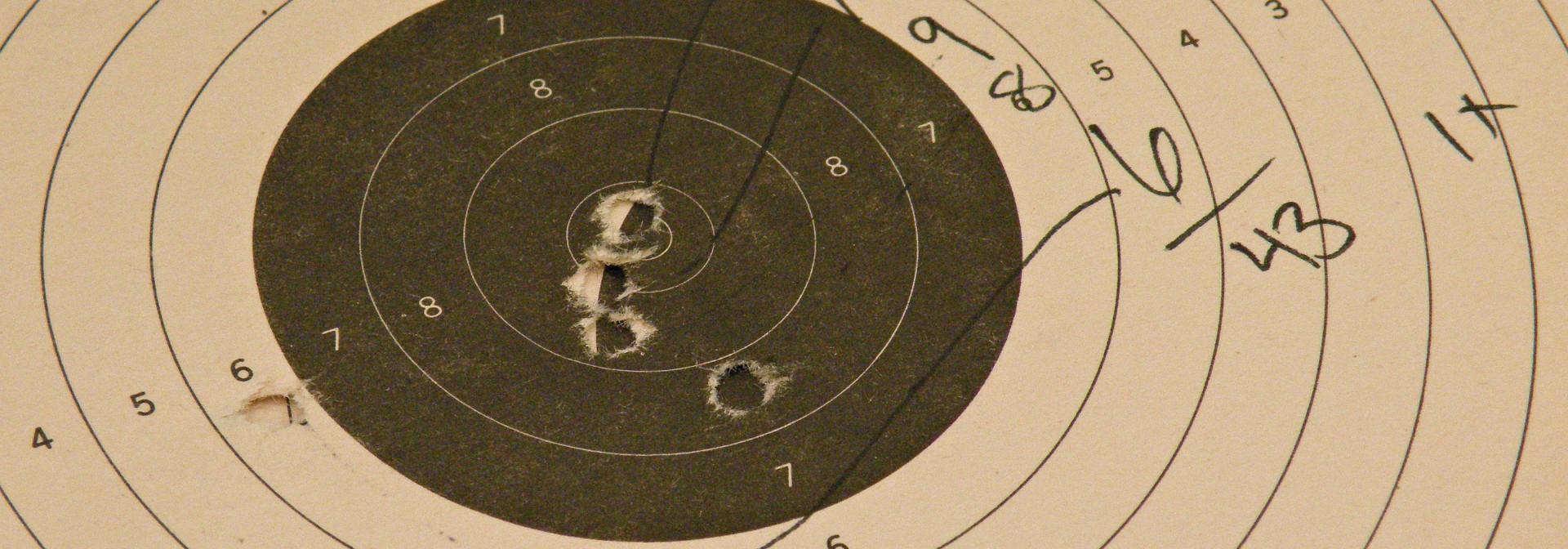
(Photo courtesy/UNL.edu)
1 of 1
Permanent marker
A marker is particularly handy when making annotations on targets, such as circling your groupings or leaving notes about what ammo or rifle you’re using.

NRA Store
1 of 1
Rifle rest
A rifle rest allows shooters to stabilize their rifle, which in turn makes sighting and zeroing easier, and is a great tool when shooting from a seated or prone position or during precision shooting.

(Photo courtesy/bestforhunting.com)
1 of 1
Spotting scope or binoculars
Particularly helpful when using open or iron sights, having magnification to look downrange helps you or a shooting partner see where your shots are landing on target, which in turn can help you make sight adjustments without having to return your target or wait until the range goes cold to head downrange to approach and observe.
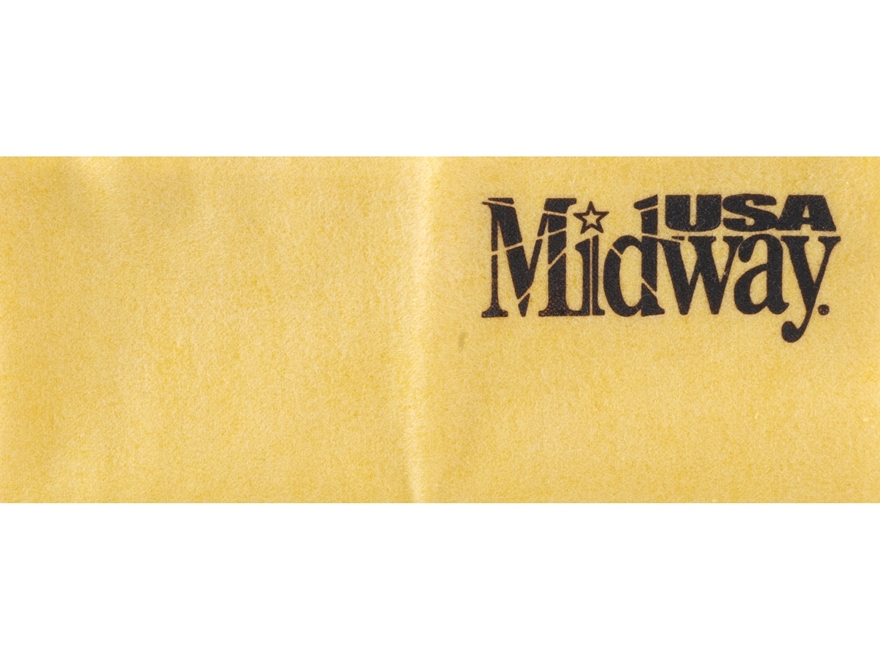
(Photo courtesy/MidwayUSA)
1 of 1
Gun rag
The trusty mainstay of any project, rags and cloths coming in handy when you need to wipe lube, grime or other substances from your rilfe, gear or self.

(Photo courtesy/Gerber)
1 of 1
Multi-tool or pliers
Having a good multi-tool or a pair of pliers can serve you well in many scenarios, from assisting with minor maintenance on your rifle, to helping troubleshoot issues that could arise with your targets. They’re good, reliable tools to have on hand, and you never know when you may need it.

(Photo courtesy/Explorer Bag)
1 of 1
Water
Indoor ranges can get quite warm and stuffy, and shooting outdoors in the elements can quickly dehydrate shooters, in extreme heat or cold. Just like in any situation, always drink enough water, and we encourage you to bring a bottle of water to help you stay hydrated. Check with your range staff to see if they allow shooters to take bottled drinks on to the range.
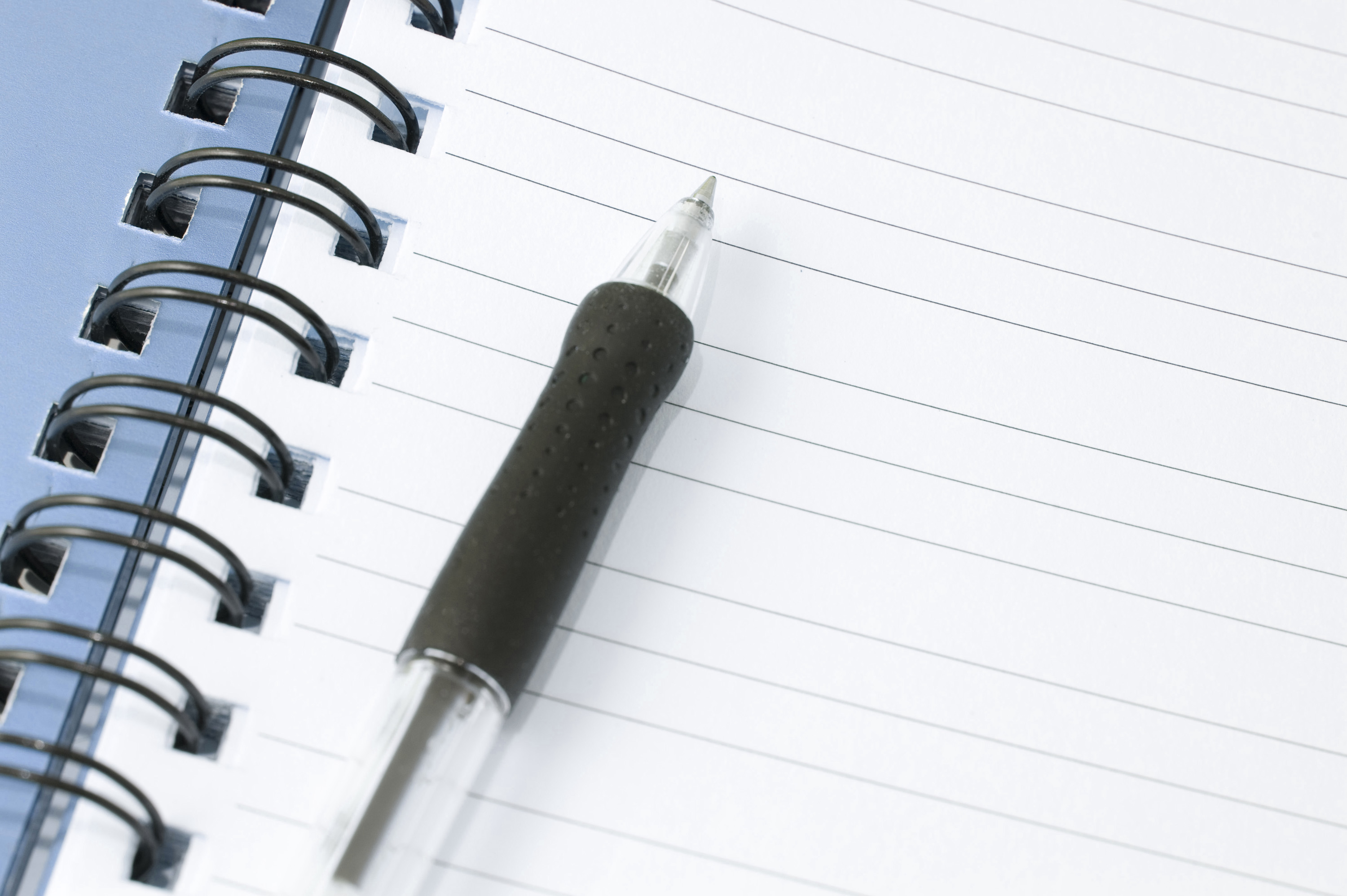
(Photo courtesy/Swimming World Magazine)
1 of 1
Small log book and pen/pencil
Shooting involves a lot of trial and error, adjustments, variables, observation and experimenting. Having a small log book or note book in your range bag gives you a place to record information, such as tracking the rounds you’ve fired, your groupings with different types of ammo, notes regarding your sights or scope adjustments, record of malfunctions, and anything else that will help you next time you’re on the range.

 More Like This From Around The NRA
More Like This From Around The NRA



